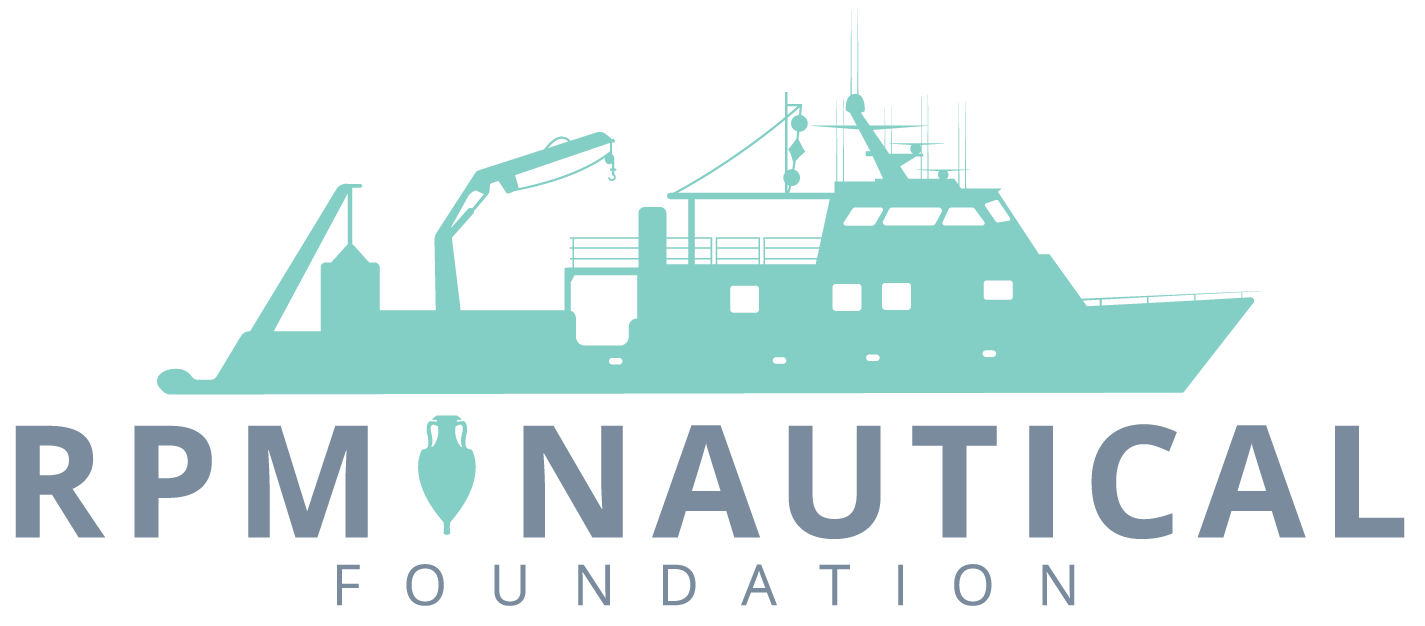Once closed to exploration, the waters off the Albanian coast begin to give up their secrets
The R/V Hercules is anchored in the Adriatic Sea near Saranda, Albania, and the crew of the 110-foot-long research vessel is at attention. “Back deck, stand clear of the wind!” RPM Nautical Foundation (RPMNF) founder George Robb bellows into a walkie-talkie from his seat in the boat’s control room, deep in the belly of the ship. “Winch going out, winch going out!”
Up on the deck, two crew members ease the massive, million-dollar SeaEye Panther Plus remotely operated vehicle (ROV) off the stern. With two spindly arms and a boxy frame, the submarine robot resembles a cross between R2-D2 and a construction crane. The SeaEye is about the size and weight of a golf cart, but a single Kevlar cord attached to its protective metal cage holds it up and out over the water. The apparatus breaks the surface of the water, and the boat heaves from the sudden lightening of its load.
As robot and cage plunge into the Adriatic , a video feed streams from a camera bolted to the top of the cage to one of the dozen computer monitors in the sunless control room. “Give me TMS full-screen here,” Robb calls out. “Is it off? Kill it and reopen it.” The monitor goes blank and then flickers on again. Next to Robb, ROV operator Kim Wilson fiddles with a joystick, his lips clamped shut. He has the silent intensity of a boy steering a remote-controlled car. “Give me lights!” Robb shouts. Wilson flicks a switch and another camera–there are six in total–reveals the sea as a crystal-clear. turquoise expanse punctuated only by air bubbles. RPMNF archaeologist Jeff Royal inches forward on his leather recliner to get a better view.


 The Finale – Rome Against Carthage
The Finale – Rome Against Carthage